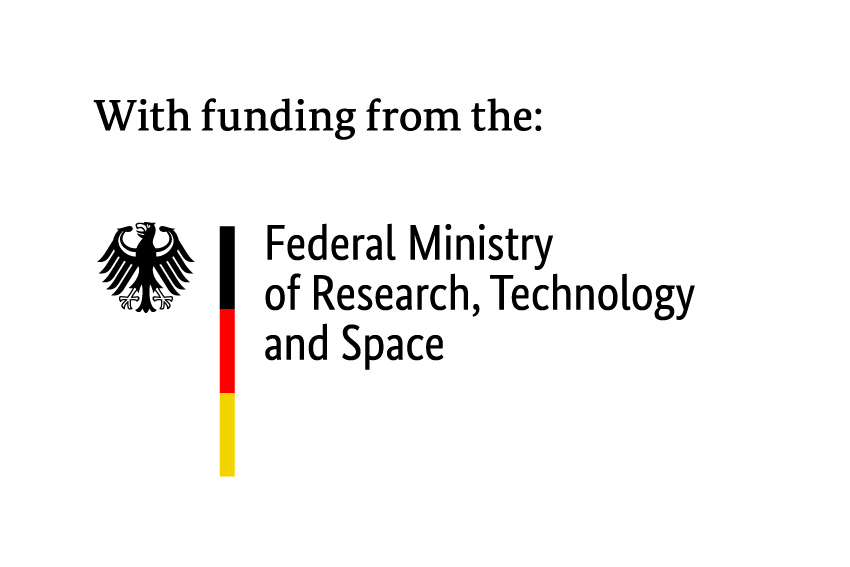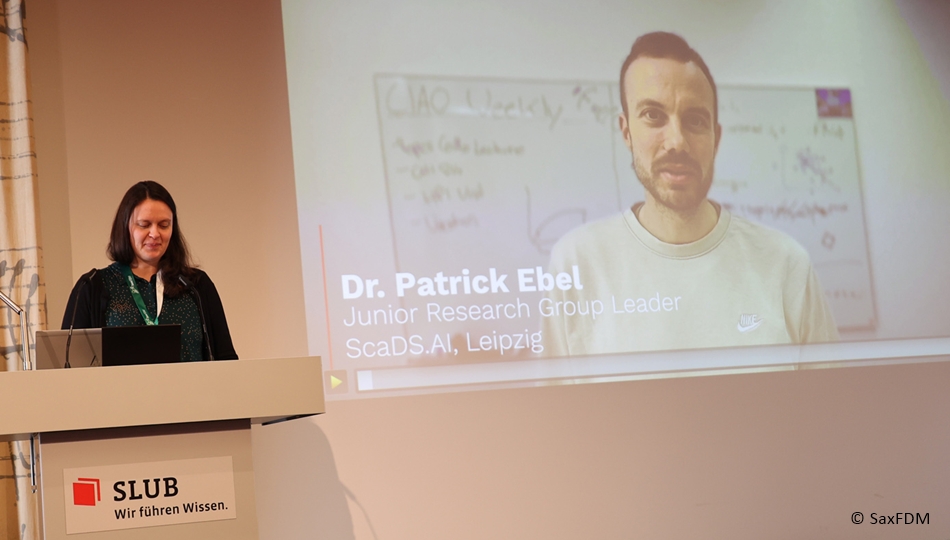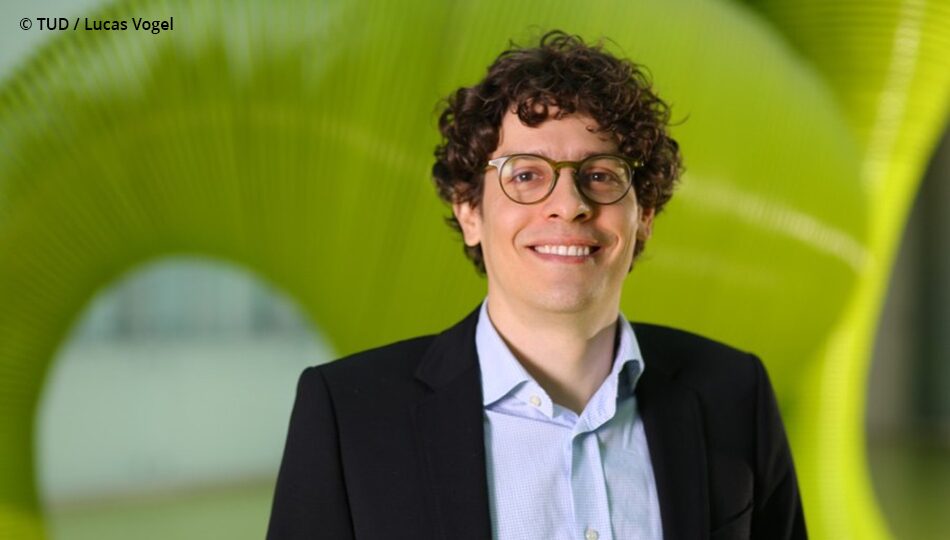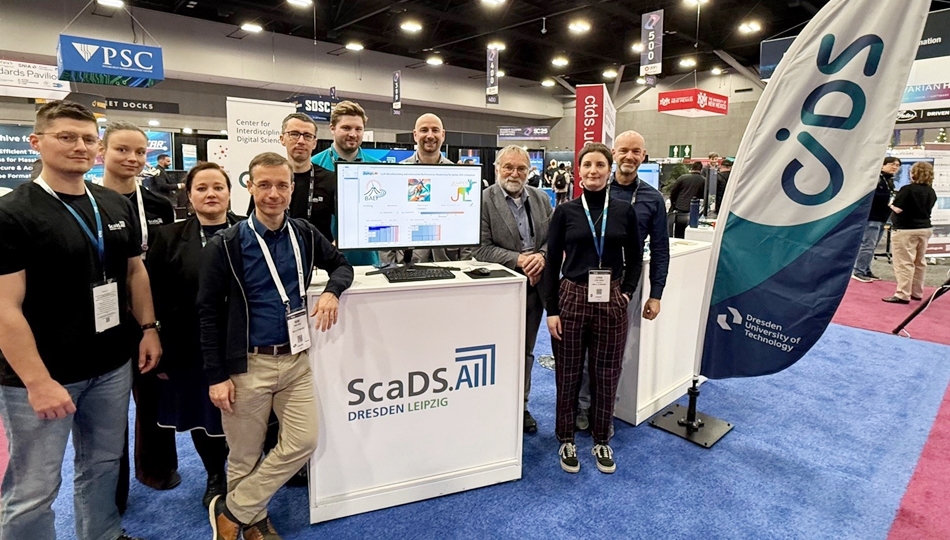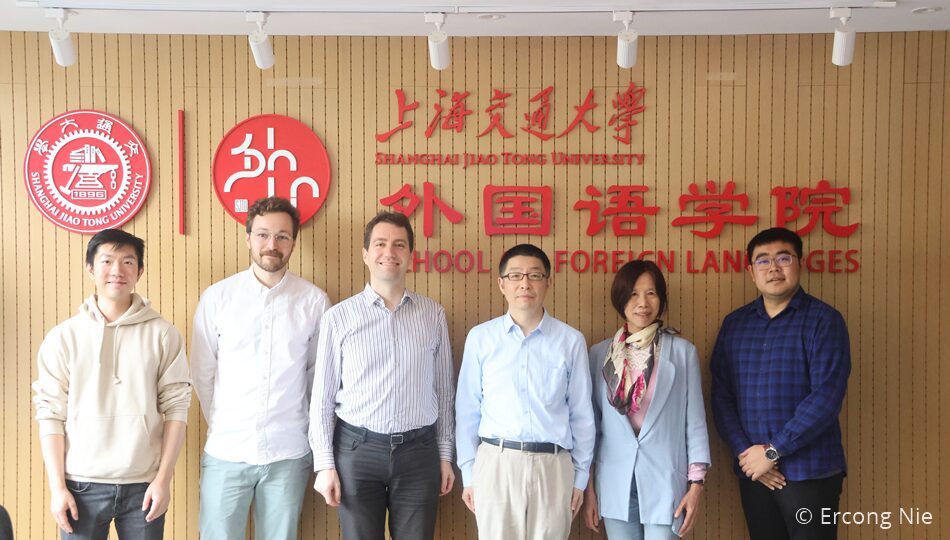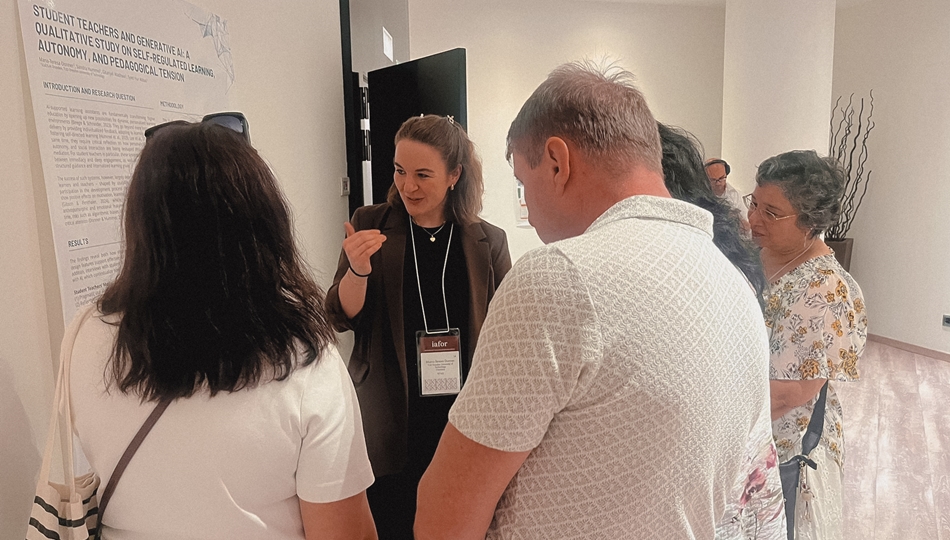
October 20, 2025
Our Junior Research Group “Situating AI-based Mentoring” Joins BCE2025

From September 30, 2025 – October 4, 2025, our junior research group “Situating AI-based Mentoring” joined the 6th Barcelona Conference on Education (BCE2025) in Barcelona, Spain. Participation in the BCE2025 Conference was particularly valuable for the group, as it fostered interdisciplinary exchange at the intersection of artificial intelligence (AI), education, and the learning sciences.
The groups research focuses on developing AI-based systems that support personalized, inclusive, and reflective learning. The conference provided an excellent opportunity to discuss these approaches with experts in pedagogy, didactics, and educational technology, gaining valuable feedback that directly informs the further development of their models and methods. Moreover, it offered new perspectives on ethical, methodological, and societal questions surrounding the use of AI in educational contexts and helped them build important connections for interdisciplinary collaborations that strengthen the link between technological innovation and pedagogical practice.
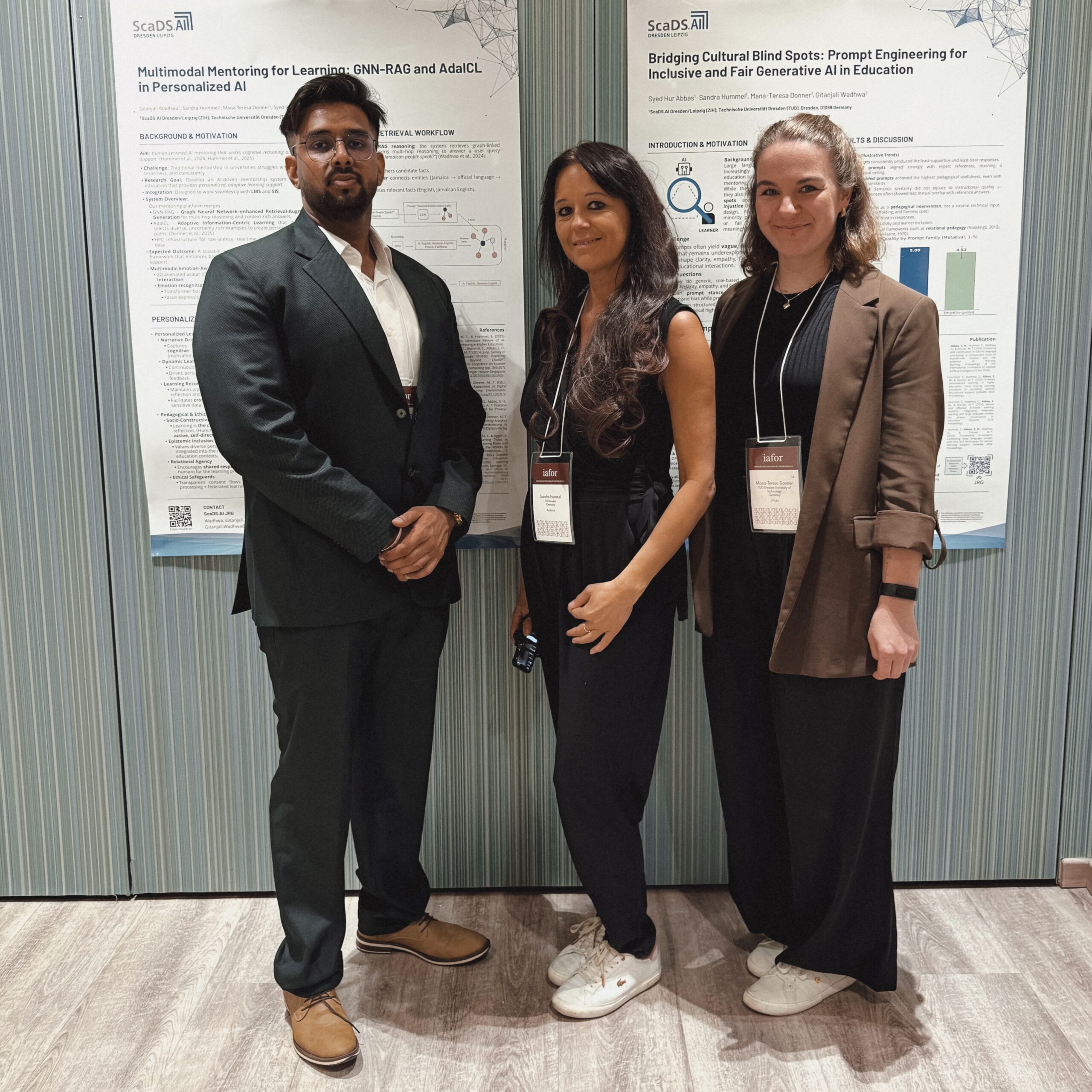
Contributions at BEC2025
As online education scales globally, many learners still wrestle with disjointed feedback, limited emotional resonance, and scarce support for complex reasoning. This project presents an AI-based mentoring system integrating GNN-RAG (Graph Neural Network-enhanced Retrieval-Augmented Generation) and AdaICL (Adaptive Information-Centric Learning) within an emotionally responsive avatar, designed to enhance both cognitive and affective dimensions of learning. GNN-RAG combines structured reasoning via Graph Neural Networks with Large Language Models to enable multi-hop reasoning and generate context-rich answers. AdaICL dynamically selects diverse and uncertainty-rich examples to tailor learning paths to individual strengths and challenges in real time. The 2D avatar, rendered with OpenGL, interacts empathetically in real time. It detects emotional states through multimodal cues, including facial expressions and vocal signals, using transformer-based speech emotion recognition. By synchronizing adaptive reasoning with emotional responsiveness, the avatar fosters trust and collaborative learning. Learners are guided through a narrative-driven onboarding that builds a dynamic learner model combining biographical, cognitive, and affective inputs. This model informs personalized content delivery, tracks progress via a Learning Record Store (LRS), and protects privacy through federated learning. Rather than acting as a directive tutor, the avatar functions as a reflective companion supporting the coconstruction of knowledge, anchored in socio-constructivist pedagogy. Concepts like epistemic inclusion and relational agency frame the project’s theoretical foundation. A formative study with 20 university students will assess the system’s impact on emotional resonance, trust, and learning satisfaction through surveys and interaction analysis.
Poster Presentation by Gitanjali Wadhwa on October 01, 2025
While large language models (LLMs) are increasingly integrated into learning environments as writing assistants or question-answering companions, their outputs often reflect hidden cultural biases and linguistic blind spots, raising risks of epistemic injustice (Fricker, 2007) and educational inequity if left unexamined (UNESCO, 2021; Ahmed et al., 2025). One underexplored factor is prompt design: the linguistic instructions shaping what knowledge an LLM retrieves, how it responds, and whose perspectives it centers (Cain, 2023). This paper addresses this gap by empirically comparing three prompt types: generic, role-based, and optimized empathy-guided prompts across 56 authentic learner questions from diverse
higher education contexts. Using both reference-based metrics (METEOR: Banerjee & Lavie, 2005; BERTScore: Zhang et al., 2020) and a GPT-4 meta-evaluation framework for clarity, tone, and pedagogical appropriateness (Zhong et al., 2023), we show that prompts that frame the LLM as a supportive, context-aware respondent outperform generic instructions in producing answers rated as clearer, more encouraging, and more culturally attuned. Our findings align with relational pedagogy (Noddings, 2012) and Freirean critical pedagogy (Freire, 1970), highlighting how careful prompting can reduce algorithmic bias (Zhou et al., 2024) and support more equitable learning interactions. We argue that prompt design is not a neutral step but a pedagogical and ethical act with implications for developing communitydriven, multilingual prompt libraries that embed fairness and respect for diverse learner voices into everyday AI use.
Poster Presentation by Syed Hur Abbas on October 01, 2025
Viewed through the lens of self-regulated learning, the use of generative AI by students brings into focus tensions between autonomy, support, and educational judgment. This study examines how student teachers encounter and make sense of AI systems in their work. Their accounts reveal not only individual strategies but also deeper negotiations of educational meaning in the face of algorithmic assistance. Twelve semi-structured interviews were conducted with participants across a range of AI familiarity. Rather than focusing on tool efficacy, the analysis traces how students situate AI use within their evolving understanding of responsibility, agency, and learning. Building on SDT, the findings suggest three distinct modes of engagement: (1) pragmatic use aimed at efficiency and surface clarity, (2) reflective appropriation to support metacognitive processes, and (3) ambivalent distancing in response to uncertainty and normative friction. Participants describe tensions between the desire for immediacy and the pursuit of deeper engagement, as well as between externally structured guidance and internalized learning goals. These tensions are neither resolved nor passively endured; rather, they are actively negotiated within students’ efforts to define meaningful learning. Drawing on Helsper’s theory of educational antinomies, such contradictions are interpreted not as deficits or disorientation, but as constitutive moments of educational experience where pedagogical subjectivity emerges in the interplay of autonomy and heteronomy, personal sense-making and institutional norms. These accounts reveal not a stable or coherent pattern of AI use, but a dynamic reconfiguration of the normative expectations through which autonomy, responsibility, and agency are constituted in AImediated learning environments.
Poster Presentation by Mana-Teresa Donner on October 01, 2025
Furthermore, the audience had a strong interest in SAM, our AI-driven avatar designed to support personalized and interactive learning experiences. Several international partners expressed enthusiasm about SAM’s potential for educational use and offered to integrate it into their university courses to help the group in gathering user feedback and evaluate its pedagogical impact. These collaborations will enable them to test and refine SAM in diverse educational settings, fostering a deeper understanding of how AI can enhance learner engagement and inclusivity. Building on these connections, our researchers are planning to establish joint studies and research exchanges to further develop adaptive, ethically responsible AI tools for teaching and learning.
BCE2025
BCE2025 is part of the International Academic Forum’s (IAFOR) global conference series on education. It brings together teachers, researchers and distinguished professors from around the world, inviting them to share their insights with one another. The goal of the conference is to broaden awareness of different contexts in the pursuit of synergies and solutions in the educational sector. Learn more on the official conference website.
